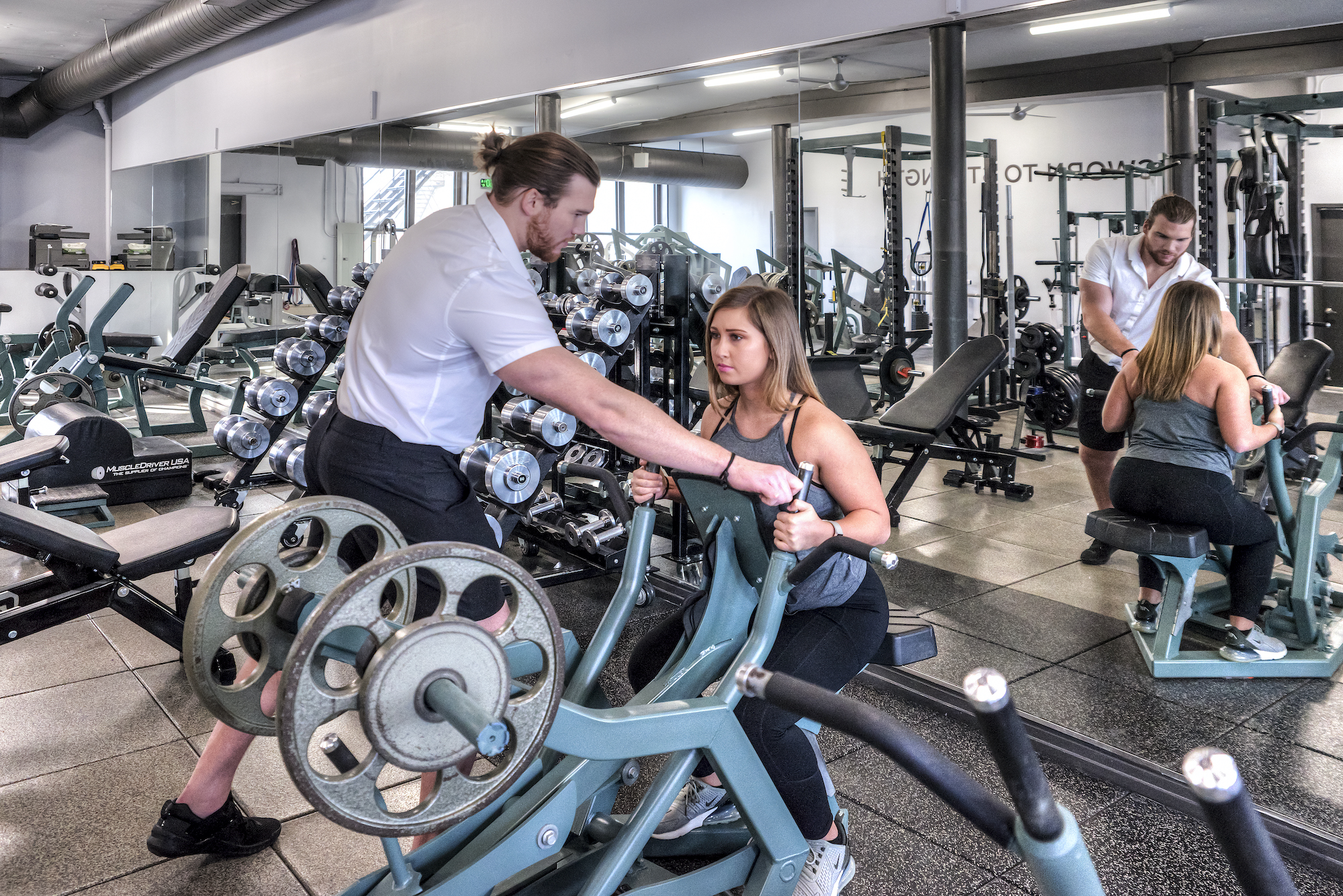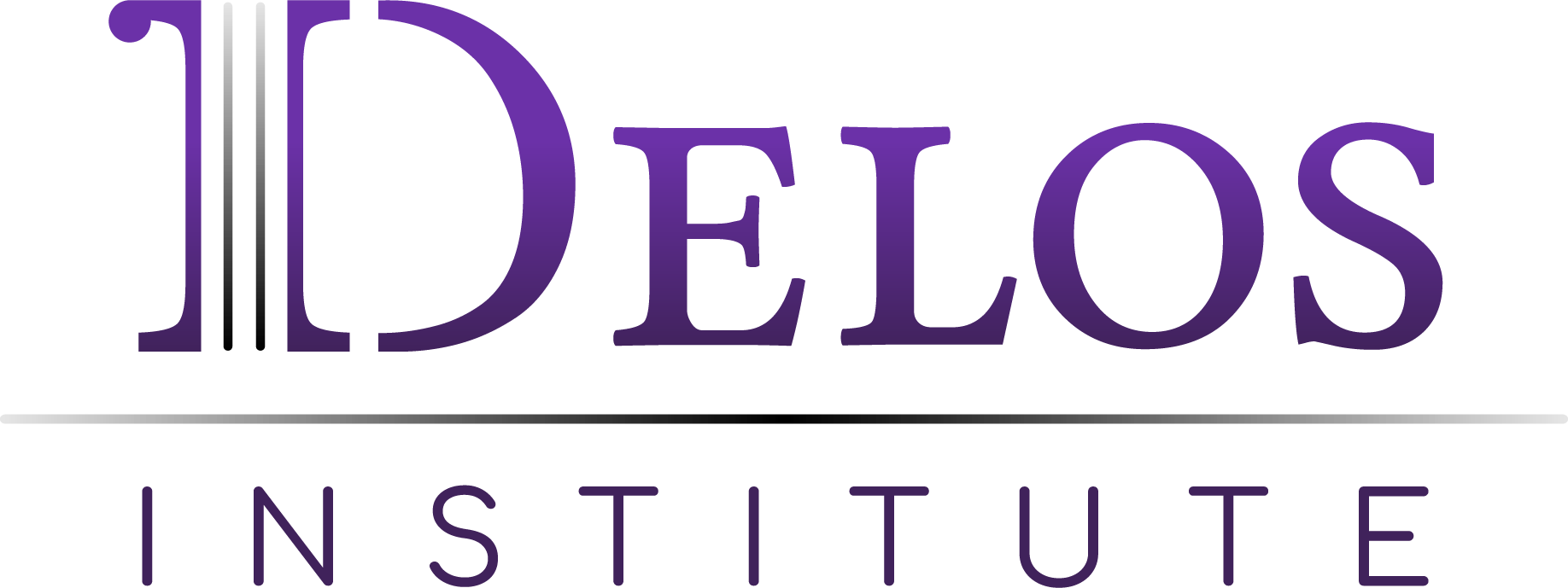
Strength training can benefit our health, relieve stress and help us look and feel better. From a physical health point of view, strength training is thought to protect the joints, improve flexibility and balance, increase bone density, prevent cognitive decline, and help with pain management. Building muscle should be a common goal for everyone, but this also requires time, money, effort, and most importantly discipline. While most of us care about achieving muscle definition, we have yet to grasp the importance of fascia in relation to muscular growth and development.
One of the best ways to build muscle is through strength training. The mechanical loading of weights places a force on the muscle, causing contraction, and thus stimulating hypertrophy or the growth of cells. There are many different strategies to increase training stimulus such as weight, volume, intensity, and frequency of training. It is important to note that building muscle takes time – you wouldn’t expect to see major changes in your body after one gym session (but we can always hope!) Research shows that there are many factors that influence the rate at which muscle can be built, including genetic variation, daily conditioning of the body, nutritional intake, sleep, and training method. It can be much simpler for an individual to build muscle mass when switching from a sedentary lifestyle to a more active lifestyle, but once any type of strength training regimen has been in place it can become more difficult to put on muscle, which is where these other factors come in. Dialing into nutrition, sleep patterns, and training specificities become important nuances to continue the progression of muscle growth.
It is also arguably more important to continue strength training as we age. Sarcopenia, or the aging of muscle tissue, is the loss of skeletal muscle mass and strength associated with functional impairment. Studies show that muscle strength and muscle volume decline at a rate of 30% and 40%, respectively, between the second and seventh decades of life. Older populations are still adaptive to resistance training like younger individuals, thus this decline is not an inevitable result of the process of aging if a force-producing activity is involved, such as strength training. Sarcopenia is thought to be caused by decreased physical activity with age, but as people get older we tend to notice more aches and pains which often keep us from moving freely and training with higher intensity.
Another factor to consider with age is the increase of advanced glycation end-products (AGE’s) in skeletal muscle tissue. Researchers are newly focusing on the importance of AGE’s and how they impact muscular health. AGE’s create a cross-link when protein or fats combine with glucose in the blood and this can eventually have negative consequences in the body, such as inflammation and oxidative stress. Recent research noted that AGE cross-linking is greater in sedentary, elderly individuals and suggests that, because these products build up over the lifespan, they will eventually impair muscle and connective tissue stiffness, such as fascia.
AGE related stiffness has even been found in the epimysium, the layer of collagen fibers around each muscle. The hardening of fascial tissue can create fibrotic damage and impair overall muscle function. It is also thought that since strength training causes more muscle tissue turnover, it would result in a smaller accumulation of AGE’s over the span of one’s life. If we continue making muscular gains as our bodies age, while simultaneously restoring pliability to muscular tissue, we will be able to move more efficiently with less pain and stressful impact to the body.
While there are many factors that are an important role in your muscular health, one area that is often looked over is fascia. Deep fascia is a type of tough connective tissue that surrounds all of your muscles; it is made of collagen, elastin, and water. Healthy fascia benefits our body by protecting and supporting our muscles. On the contrary, fascia can become pathogenic by becoming more dense and fibrotic with overuse and repetitive movements such as weight training. Therefore, when the body repeats the same movements, fibroblasts lay down more collagen within the muscles and fascia, which in turn hardens overtime. This fibrotic fascial tissue eventually locks down around the underlying muscle fibers, therefore blocking them from receiving the proper blood and nutrients necessary for muscle growth and recovery. This lack of nourishment not only slows or even stops muscle growth, it also negatively impacts increases in strength and limits range of motion. The more dense and bound the fascia is, the less healthy muscle tissue is utilized during exercise, which means that the muscle actually becomes weaker overall. This puts more stress and strain on the muscles and leads to a greater risk of injury, not to mention that fascia is highly innervated with sensory receptors that alert us to areas that are compromised. The increase in hardened tissue over time leads to tightness, poor range of motion, pain and eventual dysfunction. We already determined that hypertrophy is needed for building muscle, but it is much more difficult to grow muscle fibers when they are locked in place by fibrotic fascia. In order to ensure your time and effort spent working out in the gym is rewarded by achieving those muscle gains, it’s imperative that we have proper recovery by addressing our fascial health.
The solution to maximizing our muscle gains is to improve muscular health and increase pliable tissue. By applying a direct force into the tightest, most dense areas of fascial tissue, this pressure will break apart structural dysfunction to restore nutrient dispersion, increase muscle recruitment, prevent injury, and ultimately facilitate gains.The cross-links formed by AGE’s can only be broken apart by force combined with an angle specific to the orientation of the cross-link, which could assist in the prevention of aging muscle tissue. Delos Therapy systematically applies specific and three-dimensional pressure to these fibrotic areas, and restructures muscles into a healthy, pliable state. Patients experience increased nutrient delivery to nourish the muscle tissue, and greater muscle recruitment during activity. As a result, integrating Delos Therapy with your training program can help recover from DOMS quicker, build functional strength, prevent pain and injury, hit new PR’s, and increase range of motion (because what good is a new deadlift PR if you can’t scratch your back?). Maintaining overall pliability of muscle and fascial tissue with Delos Therapy is imperative in helping us continue making gains, and increasing the longevity of both our muscular and total body health.
- Why Building Muscle Should Be A Priority - March 11, 2020


